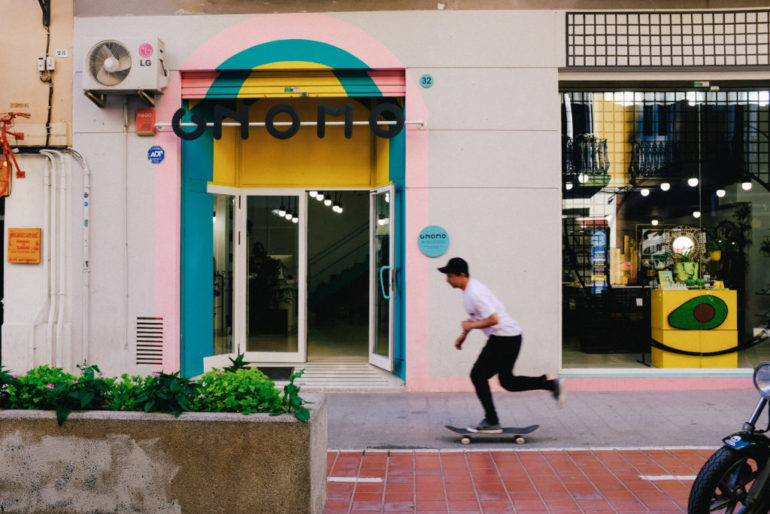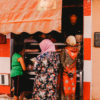Everyone has a different travel style, and it’s taken a lot of experimentation to find what works for us.
In the past, we’ve skimmed through ratings and reviews on sites like TripAdvisor and Yelp, searched for “off the beaten path” sights on websites like Atlas Obscura, and scoured through round-up lists on Time Out and Thrillist of the most exciting things happening each weekend.
While these methods can help guide you in the right direction, they don’t have to be the endpoint for how to travel. Travel is an intensely personal experience, so there’s no definitive list of best things to do. Instead, it’s about exploring in a way that’s meaningful to you.
Personally, we care about engaging deeply with local culture and discovering cool things for ourselves. We’re always refining our travel style, but so far, here’s what has worked for us!
Travel with a theme

My favorite experiences on the road have involved traveling with a theme, approaching a new place with a question in mind. It can make your days feel like scavenger hunts, as you follow your interests and look for specific things. It also gives you an excuse to talk to locals, because you can ask them if they’ve seen x or if they can introduce you to y.
Here are some examples of things you could do:
- Try the local cuisine at a variety of restaurants
- Learn about a regional material
- Follow the footsteps of your favorite artist
- Visit the stores of local artisans
- Make friends with the animals
- Search for the most interesting playgrounds, coffeeshops, or bookstores
It’s fun because it feels like you’re following a trail of breadcrumbs. You might find one place, then ask someone there where you should go next. It makes the day feel unpredictable (and full of delight!).
Ask locals where they like to go
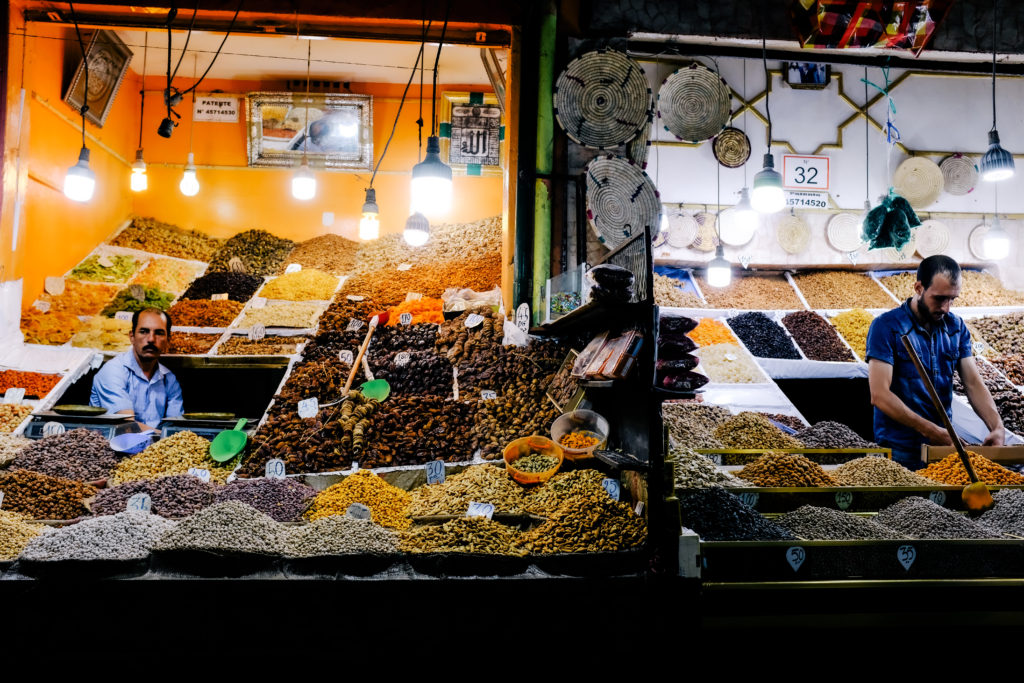
If you ask someone for recommendations for where to go, you’ll likely receive a generic answer around the most popular tourist attractions. Instead, you should ask them where they like to eat, drink, shop, or hang out.
It helps if you frame your ask by sharing what you’re interested in. When we were in Honolulu, we casually mentioned that we liked street art, and our driver told us that the POW! WOW! street art festival had just kicked off that weekend. We probably wouldn’t have heard about it otherwise, since we were only there for an extended layover, but it completely changed the rest of our day.
It’s also nice to process your experiences with locals afterward, and you’ll often be surprised by what you learn. After spending a whole day looking at street art in Hawaii, I talked to one of my friends about it, which led to an interesting conversation about the recent gentrification in the neighborhood where we were.
Find one cool event and follow the venue that hosted it
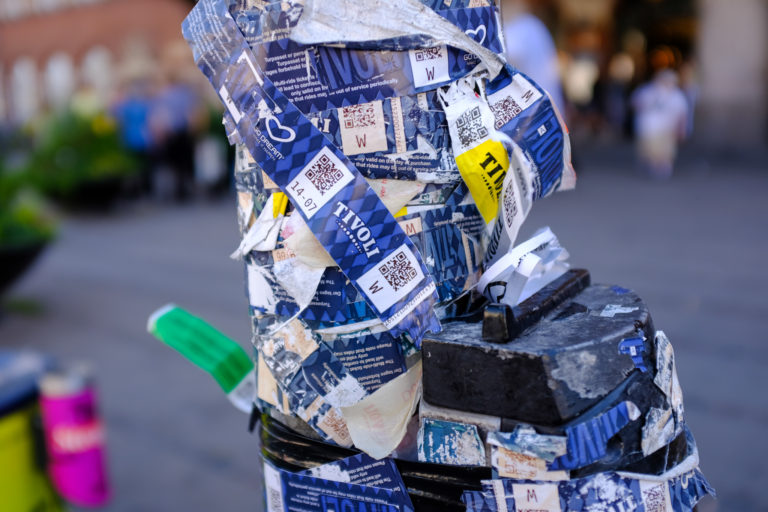
If you enjoy an event, you’ll probably also like the venue that hosted it. In San Francisco, many of the events we enjoyed were held in The Fillmore, Omnivore Books, and Curran Theater. So, we always paid attention to whatever they were hosting next, because we knew that we would probably like it as well.
But it’s not just the venue. It’s likely that you’ll have shared interests and tastes with the people in the audience as well. We love live storytelling events like The Moth, Pop-up Magazine, and Mortified, and we’ve found that we keep seeing a similar crowd who attends.
Pay attention to the pamphlets
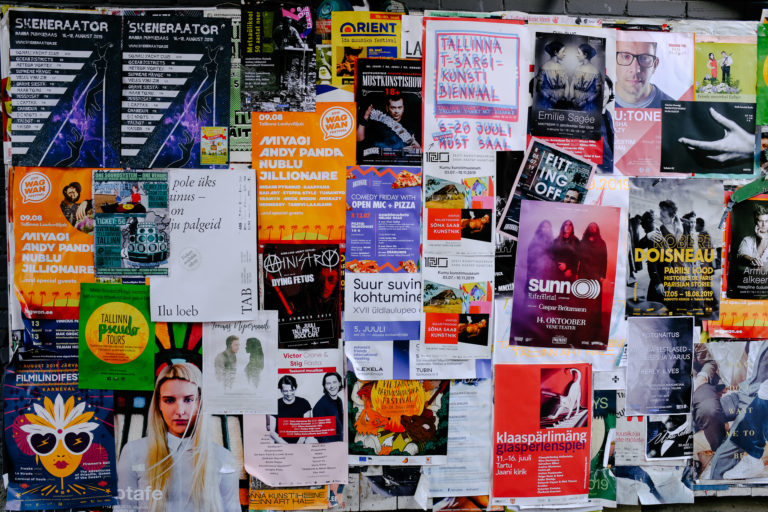
Most public spaces, like parks or libraries, have a small table or bulletin board with advertisements and free pamphlets and maps. They’re often overlooked, but you can usually find lots of cool information if you flip through them.
You never know what you’ll find. We discovered a canned fish store in Lisbon from a booklet in an independent cinema, learned that Melbourne was a UNESCO Creative City of Literature from a free map of Australia’s best bookstores, and found the best foods to try in Barcelona from a hand-illustrated zine in a store.
Read local blogs
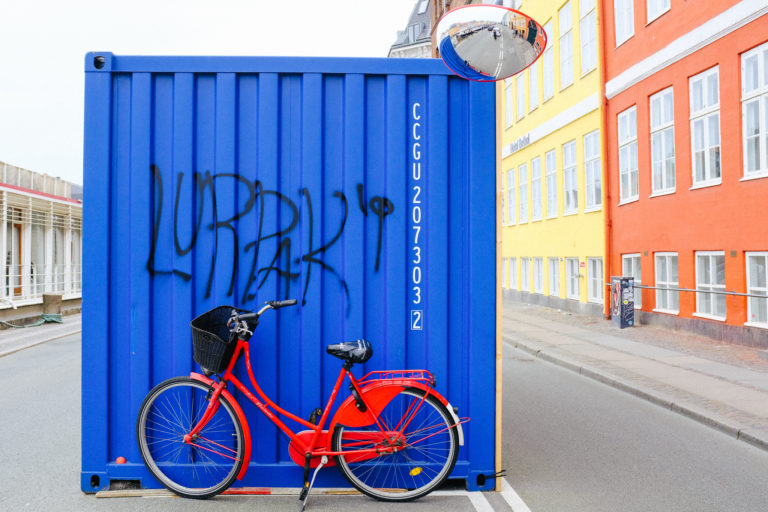
There are lots of awesome guidebooks out there, like Lonely Planet, Monocle, Wallpaper Guides, and LOST iN city guides. However, we’ve enjoyed even more reading the writing from people who actually lived in the places we visit. Sometimes, these blogs will be in a different language, but it’s so easy to translate them online that it shouldn’t be a barrier.
Some great resources are:
- Scandinavia Standard in Northern Europe
- Prêt à Voyager and Paris by Design in Paris
- Neat Places, Young Adventuress, and The Residents in New Zealand
- Barcelona Precincts in Barcelona
- Maroc Mama in Morocco
- Portugalist in Portugal
Since I really like finding the design scene in each place I visit, I also like websites like Citylikeyou and Onthegrid.city, which features the favorite spots of local creatives.
Mark your finds in a map and explore by neighborhood
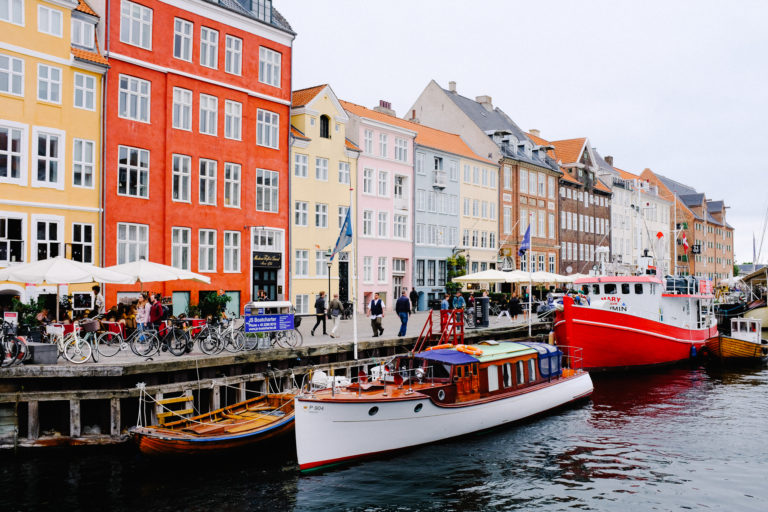
Whenever you hear of an interesting place, just mark it in Google Maps. You can make your own system, but I like to save places to eat and drink as yellow stars, must-sees as red hearts, and classic attractions as green flags.
I love doing this for two reasons. First, it helps you visualize a heat map of where your interests are clustered, so you always know where to go. Second, it allows you to just wander freely and stumble upon things you’ve marked along the way. It enables my favorite way of traveling: identifying cool or exciting neighborhoods and just wandering from there.
Immerse yourself in local books and films
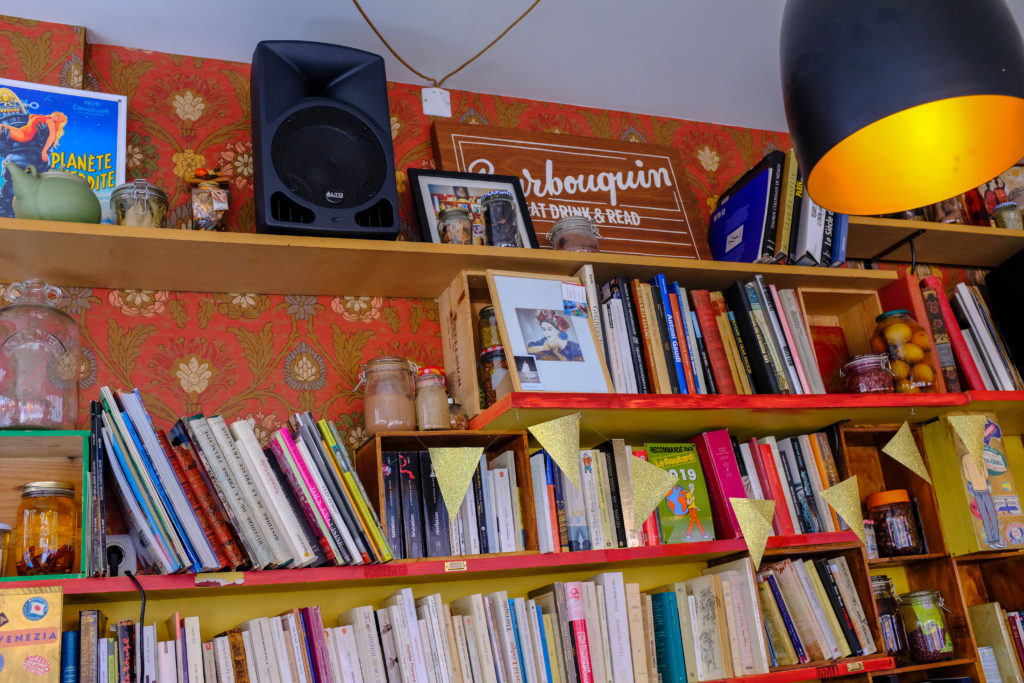
While it’s helpful to arrive in a new place with a blank canvas and beginner’s mindset, it’s also useful to have some context to frame your observations. For example, if you learn that countries like Portugal, Morocco, and Spain are known for their tiles, you’re more likely to notice them on the walls of buildings around you.
I love reading a book or article, learning about art, or watching films based in where I’m going. It helps frame my experience and puts things into context.
For example, you could watch Kedi, a documentary about street cats before visiting Turkey or Morocco. Or, you could binge watch Agnes Varda films and learn about Cezanne’s artwork before visiting France.
(Fun fact: Daniel once took a summer road trip across the east coast of the United States, where he read the most famous books of each state.)
Work on a creative project
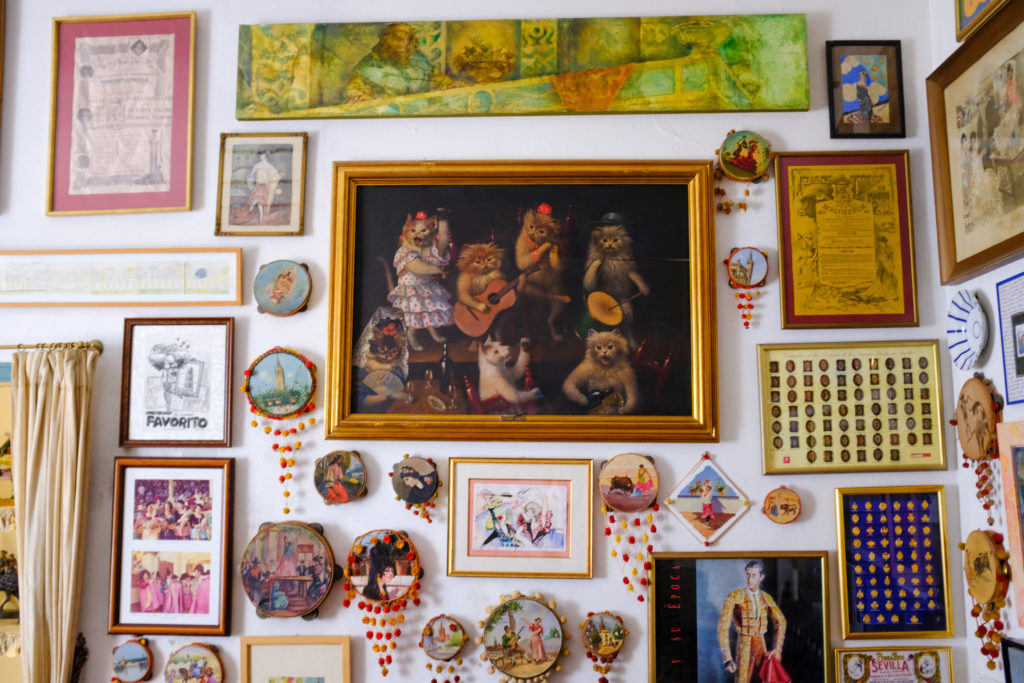
I’ve found that the most fulfilling way to travel is to work on a project on the side, especially because new places already put you in a creative mindset.
- If you’re a photographer, you could work on projects like The Atlas of Beauty and Humans of New York.
- If you’re a writer, you could write character vignettes about the people you see on the street or pay attention to good copy and advertising around you.
- If you’re a music producer, you could capture local sounds, from the sizzling of sardines being grilled at high heat in a street festival to cats yowling in the gutters at night.
- If you’re an illustrator or designer, you could sketch street scenes or make a map of your favorite places (inspiring examples here and here).
- If you’re a filmmaker, you could walk the streets scouting locations for your next project (like Margaret Zhang’s instagram)
Working on a project puts you into a more observant mindset, adds a layer of meaning to your trip, and overall makes your trip a more engaging and rewarding experience.
It gives you an excuse to settle down in a public place, like a park or a library, and just work, which allows you to get a taste of local life in a different way. People might even strike up a conversation with you, asking what you’re doing. For example, in Florence, we sat down in a coffee shop to work and ended up talking for hours with the students sitting next to us.
Choose the intimate experiences over the professional ones
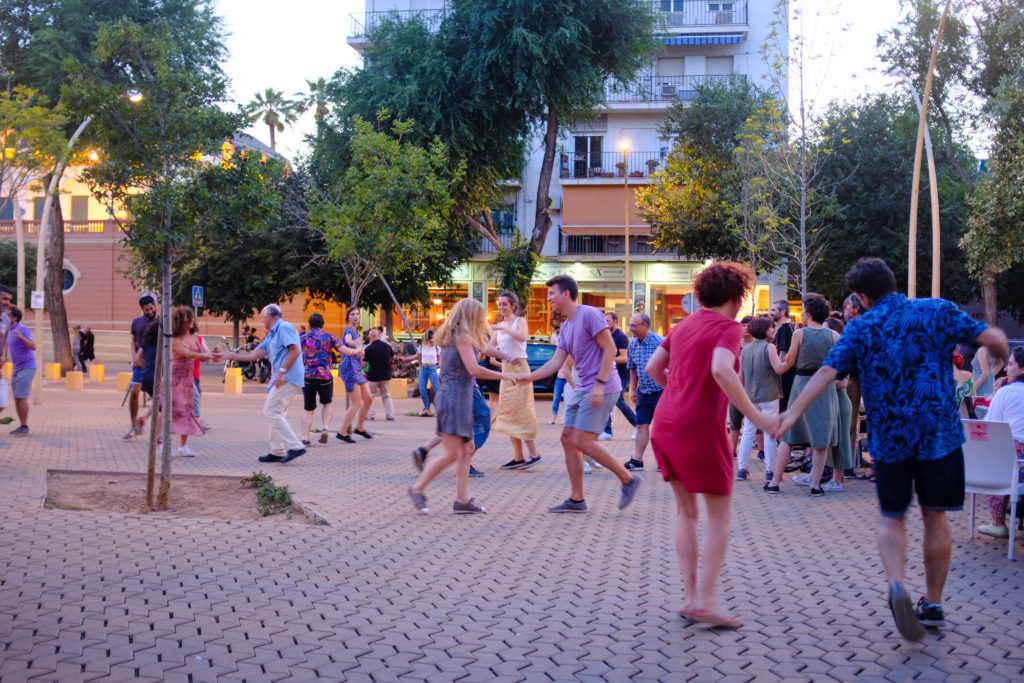
We’ve had to make a lot of choices for how we want to experience tastes of culture, like flamenco dancing in Seville or fado shows in Portugal. There are companies that organize big shows for tourists, which can be pretty seamless and convenient experiences. However, they tend to lack that level of authenticity that makes an experience really memorable.
Instead, look for local bars and open mics where people will naturally dance and sing: the tiny bars in alleyways, the intimate performances at local bookstores or museums.
For local cuisine, we prioritize small, hole-in-the-wall shops that likely don’t even have English-translated menus. And we usually avoid tours, but when we have to take them for the sake of transportation, we look for family or individual-led tours instead of big packaged ones.
Learn something concrete
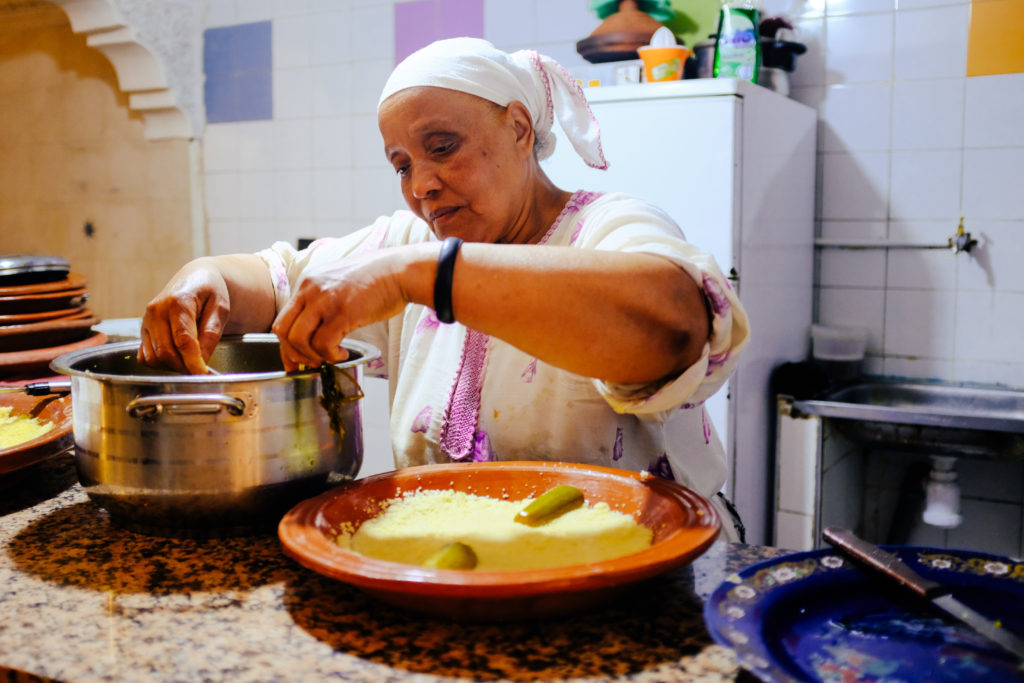
If you don’t know where to start, try to learn the local language (Duolingo helps!) and practice wherever you go. Though many countries speak English, we’ve found that even small attempts to connect with locals in words they’re familiar with makes a huge difference. They’ll likely appreciate your efforts and treat you with more warmth. People from taxi drivers to grocery store cashiers have helped me with pronunciation and taught me new phrases, and I’ve even been invited over for dinner once because I showed so much interest in the local culture.
This quote from the book Born A Crime sums it up well:
Nelson Mandela once said, ‘If you talk to a man in a language he understands, that goes to his head. If you talk to him in his language, that goes to his heart.’ He was so right. When you make the effort to speak someone else’s language, even if it’s just basic phrases here and there, you are saying to them, ‘I understand that you have a culture and identity that exists beyond me. I see you as a human being
Trevor Noah
If you want to go beyond languages, you can also look for workshops. For example, you could learn how to cook pasta in Italy or how to take landscape photography in New Zealand, and you can also check out unique schools like School of Life. Taking classes helps you meet people who are interested in the same things as you, and you can return from your trip feeling more accomplished.
Live outside of the city
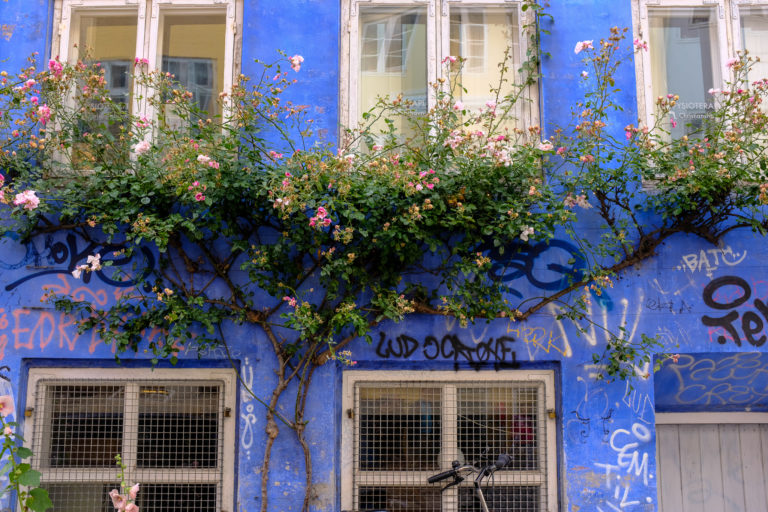
We’ve visited a lot of big cities, like Barcelona and Paris, but we always tend to live in the more suburban neighborhoods outside of them. Yes, it takes longer to get into the city, but it’s worthwhile because it helps you get a taste of local life, from seeing the residential areas to taking public transportation like everyone else to get into the city.
We’ve encountered lots of snapshots of life while riding the metro. What are people talking about? What kinds of advertisements are on display? We especially enjoyed noticing what people were holding. In Barcelona, a lot of people held roses for Santa Rita day. In Paris, we saw that most people held baguettes in their hands, without any bags or packaging.
As an added bonus, living outside of the city is usually more affordable and peaceful, and gives you the feeling of having more of a home base. You’ll share the streets with more long-term residents than tourists, which feels refreshing.
Join a community
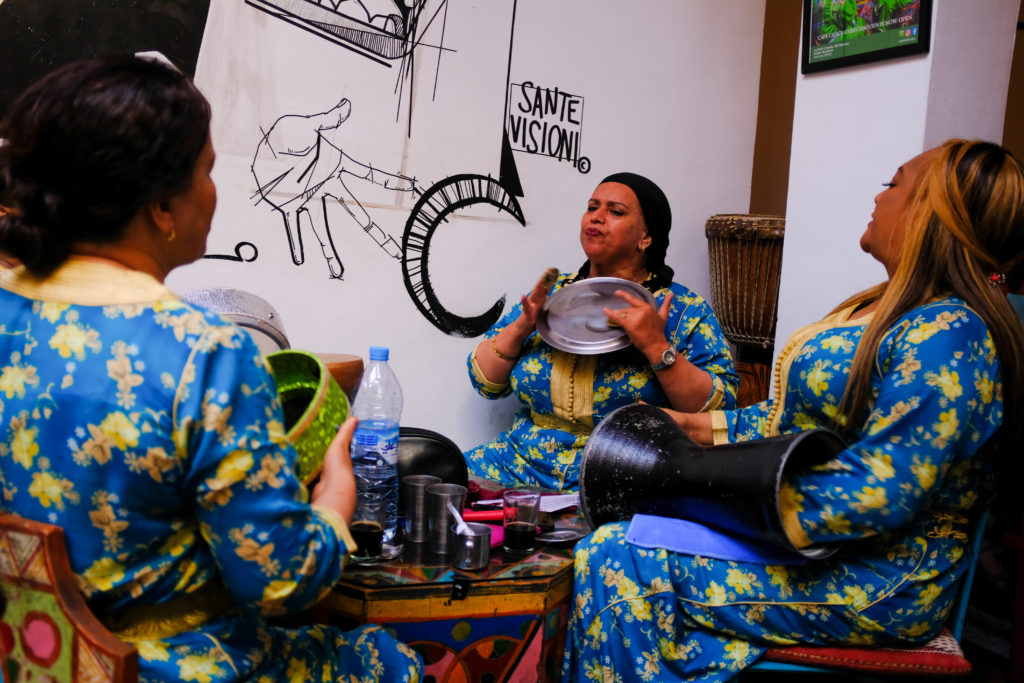
There are plenty of organizations that host events for like-minded people to meet up. When I was solo traveling in Australia, I used to attend couchsurfing and hostel events, which was a great way to make friends. There are lots of running and hiking groups around the world as well.
Sometimes, there are even cafes designed for you to meet new people. In Morocco, we really liked Cafe Clock because of how it created a community and home for travelers.
Visit the grocery store and local markets
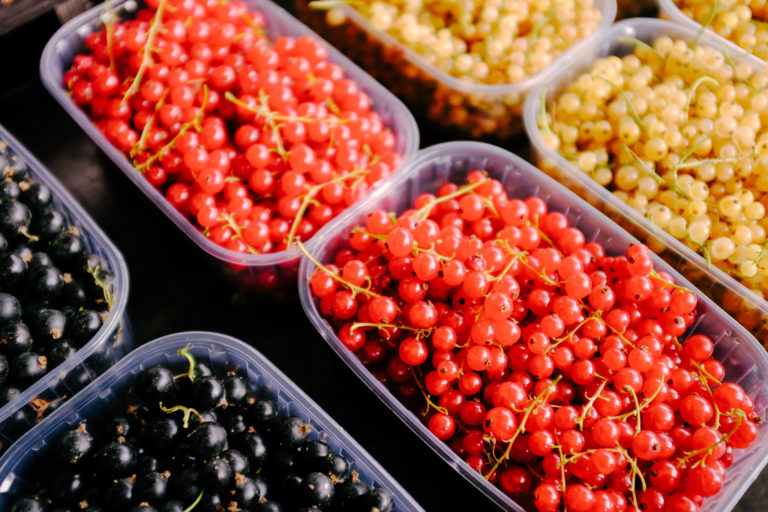
One of the first things I like to do when I arrive in a new place is to find the closest grocery store or market. I’ve always learned about culture this way and it’s been fun to observe the differences, like cool bread slicers in Portugal or rollable grocery baskets in Italy and Denmark.
Plus, buying your food from grocery stores is cheaper and healthier than eating out all the time. You can stock up on meals and snacks so you feel settled for the rest of your stay.
It’s even better if you can visit a local market. They’re great sensory experiences that help you feel the pulse of a place, and you can talk directly to the people who made the crafts or the farmers selling the fruits and vegetables. You can also get a glimpse of local foods, from lampredotto in Italy to francescinha in Portugal.

